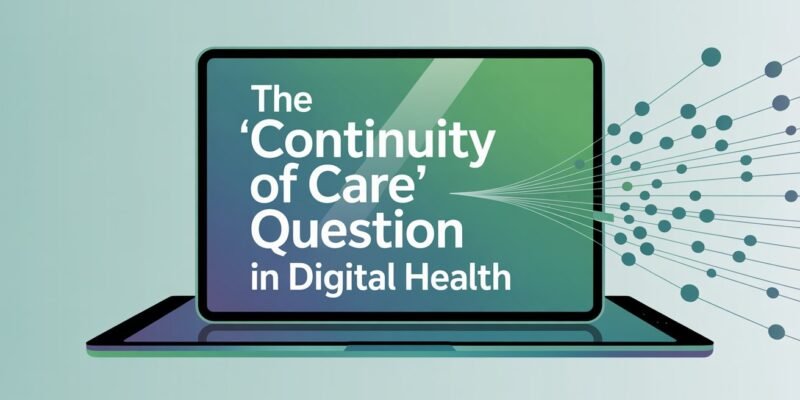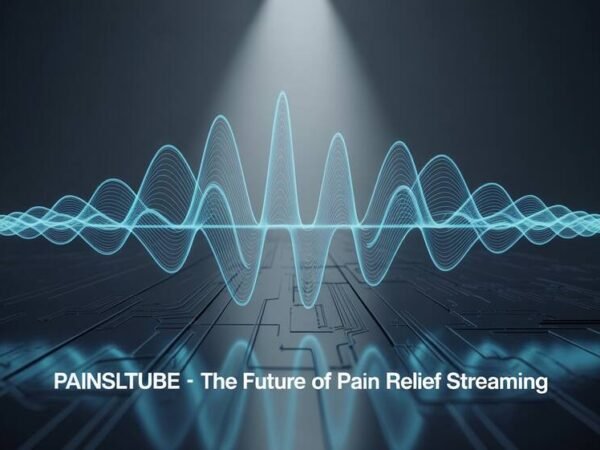The digital health landscape insists on speed. Patients want answers. Clinicians juggle inboxes and screens, not paper charts. The promise: easier access, fewer waiting rooms, and convenience taken to the next level. However, beneath the surface, a timeless question persists. Who follows the journey from diagnosis to recovery? While a patchwork of apps and online portals may seem promising, fragmentation remains a constant threat. One doctor today may not be the same as another tomorrow. Are we witnessing seamless care, or is it merely a façade for chaos? That’s the honest debate saturating both boardrooms and chat forums across Britain. Underneath all this innovation sits a single challenge: accurate continuity rarely comes easy.
Digital Platforms Versus Traditional Practice
Online consultations mushroomed overnight; suddenly, patients stopped haunting GP waiting rooms. Platforms like Anytime Doctor led the march—remote appointments, digital prescriptions, and rapid test results—all delivered with something close to clinical efficiency. Convenience? Unquestionable. Yet beneath these time-savers lies a snag: digital doesn’t always mean consistent or integrated care. A patient may see three different practitioners in as many clicks, with little sense of who holds the whole story together. Trust builds over the years; fragmented platforms can unravel it in minutes if not handled astutely. Digital health might offer thousands of doors, but how many lead back to the same room every time?
Information Flow: A Double-Edged Sword
Data moves at the speed of light now—one tap sends medical records scattering across networks once unimaginable in scope or scale. These developments should be positive news: no more thick files locked away in dusty cabinets, right? Not so fast. With everyone having access, is there truly effective oversight? Notes scattered across systems invite confusion and repetition, rather than clarity and progress. Poor integration efforts lead to the recurrence of duplicated tests and the loss of critical context during handovers between humans and algorithms. If information flow isn’t tightly managed from beginning to end, efficiency gains are compromised, and most systems remain in a state of flux.
Patient Expectations: The Shifting Baseline
Most people refuse to acknowledge that a breakthrough from yesterday has become the norm today. Once impressive, video visits are now routine for busy professionals and tech-savvy seniors. However, increased expectations lead to impatience when continuity is interrupted, even briefly, and dissatisfaction when no doctor tracks progress from the first symptom to the final clearance letter. An interface glitch feels personal; an unfamiliar doctor feels alienating rather than novel for some patients, who are desperate for stability above all else.
Regulation and Responsibility: Too Many Cooks?
A web of regulators monitors digital health but seldom agrees on boundaries—or responsibility when things go awry between point-and-click encounters and actual outcomes for real people at home or their work desks alike. Should every platform be required to achieve total system harmony? Could privacy survive such ambition? As providers proliferate, the regulatory landscape becomes increasingly complex, making it more challenging to ensure clear accountability, while the promise of universal access remains a top priority for politicians worldwide.
Conclusion
Continuity isn’t automatic online—it demands investment, careful design decisions, relentless follow-up, and more transparency about who takes charge at every step, each time care changes hands—from logins to lab results to living-room recoveries months later.
Do Read: Taiwan and UK Unite for Wellness Innovation with Go Healthy with Taiwan 2025













